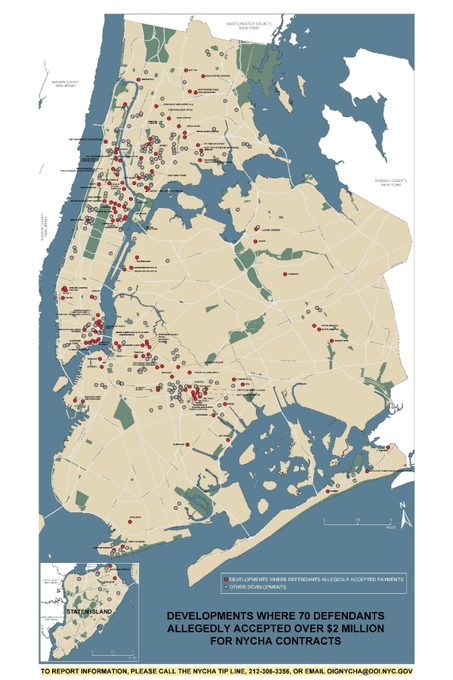Entrepreneur Tom Saat built a teeny, tiny house in Queens.
“It
has a stand-up shower, compost toilet, full-size refrigerator and a
second-story high enough to stand in,” said Saat, a 57-year-old Turkish
immigrant who worked on his 300-square-foot home in Astoria before
moving it to a Long Island City industrial warehouse last year.
“It
took my family more than a year to build,” he said. “I have a
construction background and watched a lot of YouTube videos. God bless
the internet.”
Tom Saat sits atop the roof of tiny house he built.
Photo: Courtesy of the Saat family
Saat, who runs a business as a general contractor, is among those excited about the de Blasio administration’s bid to boost affordable housing
by easing restrictions on backyard dwellings and basement apartments.
The mayor revealed the proposal last week ahead of his State of the City
address at the American Museum of Natural History.
“People
should be allowed to put tiny houses in their backyard — or someone
else’s backyard with their permission,” said Saat, who actually lives in
Lower Manhattan. “And there should be lots assigned for tiny-house
owners.”
Saat’s
eight-foot-wide, 23.5-foot long house on wheels, with an electronic,
retractable second floor, cost roughly $50,000 to build. He and his
family eventually moved it out of an industrial warehouse in Long Island
City on Thanksgiving Day last year and headed to a more affordable lot
upstate in Stormville, N.Y.
Saat
conceded that his little home, while cozy, does not comply with city
building codes in its current state: The 6.5-foot second-story ceiling
does not meet the required minimum clearance, for instance, and the
bathroom uses removable plastic bags for waste.
“Number
one goes into a separate container which can include a small chlorine
tablet inside for keeping it clean, germ- and odor-free,” he said.
“Number two goes into the plastic bag area and sawdust, or other natural
dust made from coconut shell, is used to cover number two each time it
is used. Once or twice a month, this bag is replaced.”
If
the city were to ease restrictions, Saat said, he would consider
offering classes on building tiny homes in the boroughs. He had planned
to offer classes in Queens before heading north.
De
Blasio administration officials predict at least 10,000 additional
units, including newly approved basement apartments and tiny backyard
homes, could be added to the city within the next 10 years under the
proposed changes, which the City Council must approve.
I think it's necessary to also post the conclusion of this article, which throws this ridiculous (and gross idea) into the growing dung heap of de Blasio's housing policies:
Other architects, however, remained a bit skeptical.
Lorena
del Río, an assistant professor of architecture at The Cooper Union who
has worked on affordable housing in Madrid, said, “It’s not going to
resolve the bigger problem. Affordable housing should have even higher
standards in terms of design so that people don’t end up living in a
closet.”
The
solution to the city’s housing crunch, she suggested, involved more
alliances between the public and private sectors — and the “political
will” to regulate housing prices.
“That is the future of affordable housing,” she said. “Not tiny houses.”
Not only should people not end up living in a closet, but people shouldn't end up shitting in plastic bags every day.




:format(webp):no_upscale()/cdn.vox-cdn.com/uploads/chorus_asset/file/22944395/de_blasio_vax.jpg)












